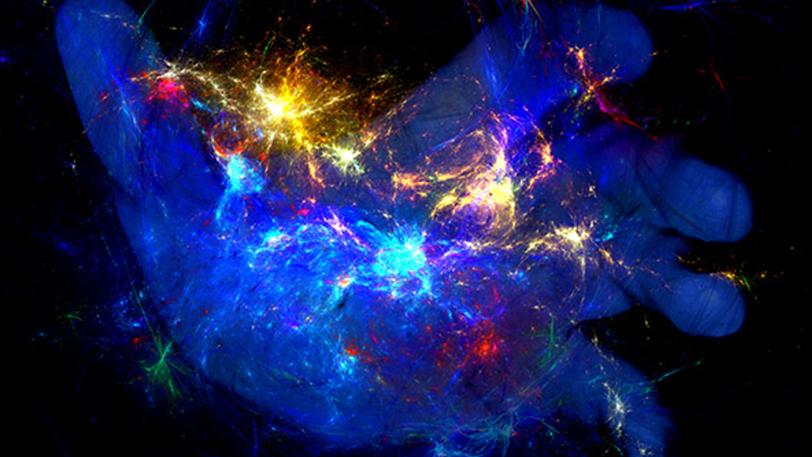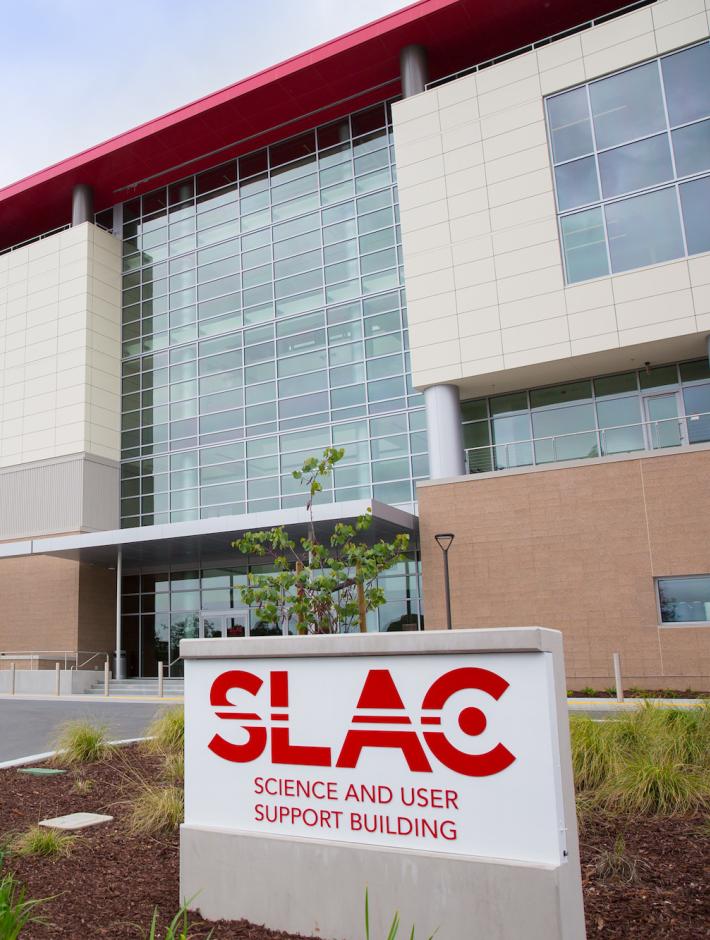Dark matter is one of the most mysterious components of the universe. Yet it makes up 23 percent of the mass of the universe – six times the mass of ordinary, atomic matter. Physicists have never observed dark matter particles directly, but we see their influence throughout astronomy. The gravitational pull of this hidden matter is the force that created structure in the universe, shaping galaxies and forming the distribution of clusters and voids we see in the sky. One of today’s great challenges in physics is to observe individual dark matter particles coming in from the galaxy and striking particles on Earth. This talk presents the evidence for dark matter and introduces one of the most ambitious efforts to discover interactions of dark matter particles, using tons of cryogenic liquid in a deep underground laboratory.
Dark Matter: Detecting Gravity’s Hidden Hand
Presented by Tom Shutt
About Tom Shutt
SLAC Professor Tom Shutt has been searching for dark matter particles for most of his career. He received his PhD from UC Berkeley in 1993. In his graduate work there, he played a key role in developing low-temperature germanium detectors for dark matter searches. After terms as a research fellow at Berkeley and as an assistant professor at Princeton University, Shutt joined the faculty at Case Western Reserve University in 2005. At Case, he developed techniques for dark matter searches using detectors based on liquid xenon. He was co-founder of the LUX experiment, which is among the current world leaders in the search for the type of proposed dark matter particles called Weakly Interacting Massive Particles, or WIMPs. In 2014, Shutt and his collaborator Dan Akerib moved to SLAC to develop the truly large-scale liquid xenon WIMP detector LUX-ZEPLIN, or LZ.
Dark Matter: Detecting Gravity’s Hidden Hand
Presented by Tom Shutt

Dark Matter: Detecting Gravity’s Hidden Hand
Public lecture presented by Tom Shutt
SLAC National Accelerator Laboratory
11:30 a.m.–12:30 p.m. PST

Coming to SLAC
Free admission
Registration may be required.
Identification required
Adults are required to bring a photo ID to enter the SLAC campus.
Limited seating
Please arrive early to join the event on time.
Free parking
SLAC offers free parking in our visitor parking lot.
Accessibility
SLAC facilities meet American Disability Act requirements for accessibility. If you need assistance, please notify our security officers as you enter SLAC’s main gate, and they will direct you to a parking area and assist or escort you to the auditorium.
Getting here
SLAC is located at 2575 Sand Hill Road, Menlo Park, California, 94025. Please visit our Maps and directions page for driving directions.
If you have specific questions or concerns about attending a public lecture at SLAC, please contact us.